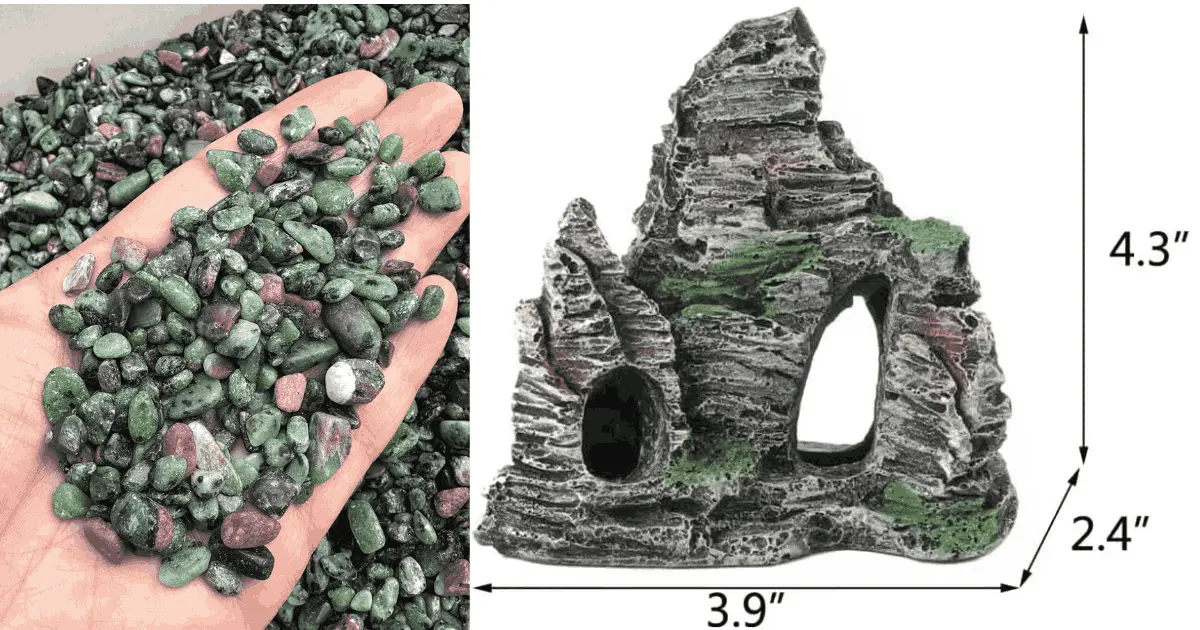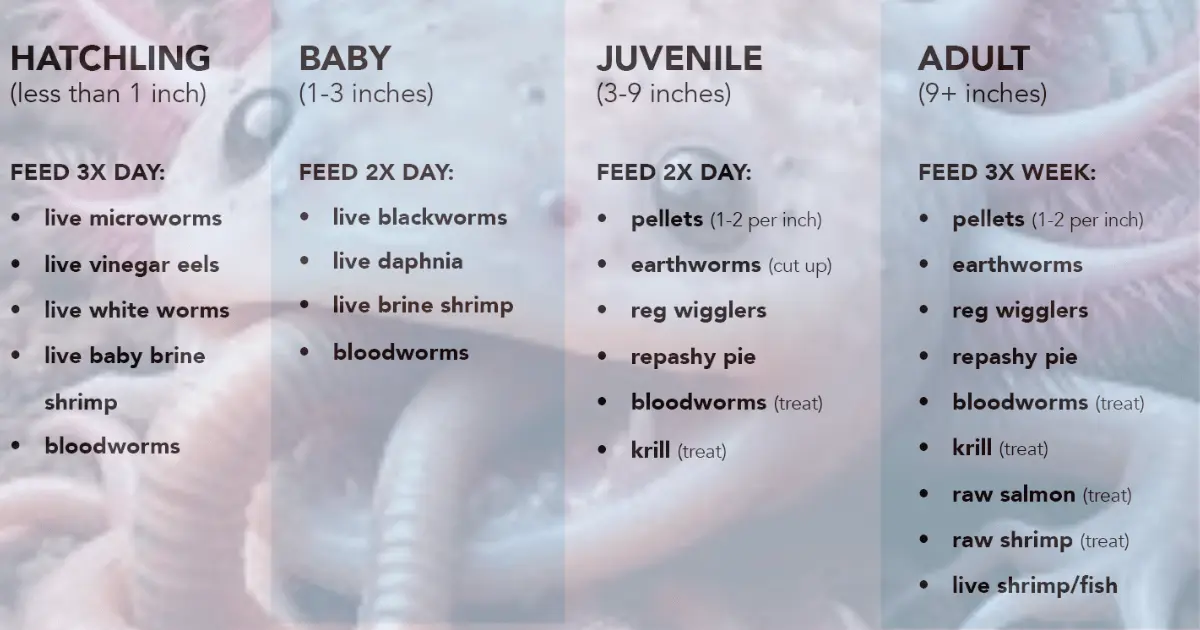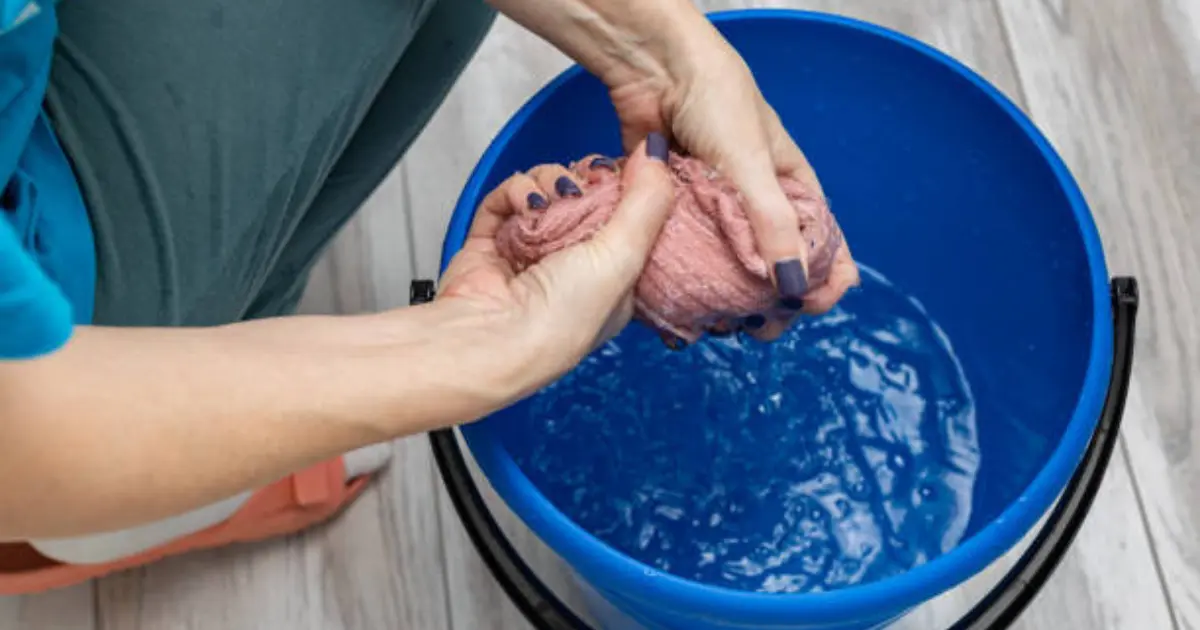Axolotls, those adorable aquatic creatures with a permanent smile, have become popular pets due to their unique appearance and relatively easy care requirements. However, setting up a proper tank for your axolotl is crucial to ensure its health and happiness. Let’s dive into the step-by-step instructions for creating the perfect axolotl habitat.
Contents
- Axolotl Set Up Tank: Step-by-Step Setup Instructions
- Understanding Axolotl Needs
- Choosing the Right Tank
- Essential Equipment
- Substrate Selection
- Decorating the Tank
- Setting Up the Tank
- Maintaining Water Quality
- Feeding Your Axolotl
- Tank Mates and Compatibility
- Health Monitoring
- Cleaning and Maintenance
- Troubleshooting Common Problems
- Seasonal Considerations
- Conclusion
- FAQ
Axolotl Set Up Tank: Step-by-Step Setup Instructions

Understanding Axolotl Needs
Before setting up the tank, it’s essential to understand the specific needs of axolotls. These amphibians are native to the lakes of Mexico, which means they have particular habitat and water quality requirements.
Habitat Requirements
Axolotls thrive in freshwater environments with plenty of space to swim and hide. Their natural habitat consists of still or slow-moving waters with a lot of vegetation.
Water Quality and Temperature
Maintaining clean water is paramount for axolotl health. The ideal water temperature for axolotls is between 60-64°F (16-18°C). Temperatures above 75°F (24°C) can be harmful and even fatal. Regular water testing is necessary to monitor ammonia, nitrite, and nitrate levels, which should be kept as close to zero as possible.
Diet and Feeding Habits
Axolotls are carnivorous and primarily eat worms, small fish, and specialized pellets. Feeding them a varied diet ensures they receive all the necessary nutrients.
Choosing the Right Tank
Selecting the appropriate tank is the first step in creating a healthy environment for your axolotl.

Tank Size Recommendations
A single axolotl needs a minimum of a 20-gallon tank, but larger is always better. For each additional axolotl, add at least another 10 gallons to provide ample space.
Glass vs. Acrylic Tanks
Both glass and acrylic tanks have their pros and cons. Glass tanks are more scratch-resistant and provide clearer views, while acrylic tanks are lighter and can come in more varied shapes.
Tank Placement Considerations
Place the tank in a low-traffic area away from direct sunlight and drafts. Ensure it’s on a sturdy stand that can support the tank’s weight when filled with water.
Essential Equipment
Equipping your axolotl tank with the right tools is crucial for maintaining a healthy environment.
Filtration Systems
A good filtration system helps keep the water clean by removing waste and toxins. A sponge filter is ideal because it provides gentle filtration without creating strong currents, which can stress axolotls.
Heaters and Chillers
While heaters are generally not needed unless your home gets very cold, having a chiller can be crucial in warmer climates to maintain the ideal temperature range.
Lighting Requirements
Axolotls do not require special lighting, and excessive light can actually stress them out. A dim or indirect light source is best, primarily used to observe your axolotl and for plant growth if you have live plants.
- Read More : The Fascinating Life Cycle of an Axolotl with Pictures
- Read More : What is an Axolotl? – All You Need To Know
Substrate Selection
Choosing the right substrate is vital for your axolotl’s health.

Sand vs. Bare Bottom
Sand is the preferred substrate as it mimics their natural environment and is safer than gravel, which axolotls can accidentally ingest, leading to impaction. Alternatively, a bare-bottom tank is easy to clean and also safe.
Avoiding Harmful Substrates
Avoid gravel and small pebbles. These can be ingested by axolotls, causing severe health issues.
Cleaning and Maintenance
Whichever substrate you choose, regular cleaning is essential to prevent waste buildup and maintain water quality.
Decorating the Tank
Decorating your axolotl’s tank can provide enrichment and make it visually appealing.

Safe Decorations and Hiding Spots
Provide plenty of hiding spots using caves, PVC pipes, and other decorations. Ensure all items are aquarium-safe and have no sharp edges.
Plants: Live vs. Artificial
Live plants can help maintain water quality and provide a natural environment. However, artificial plants are easier to maintain. If choosing live plants, ensure they are low-light and can tolerate the cooler temperatures.
Creating a Natural Environment
Arrange decorations and plants to mimic a natural aquatic environment. This not only makes the tank look good but also provides comfort and stimulation for your axolotl.
Setting Up the Tank
Now that you have all the essentials, it’s time to set up your tank.
Step-by-Step Setup Guide
- Place the Tank: Set your tank on its stand in the desired location.
- Add Substrate: Spread a layer of sand evenly across the bottom.
- Install Equipment: Place the filter, heater (if needed), and chiller.
- Decorate: Add your chosen decorations and plants.
- Fill with Water: Fill the tank with dechlorinated water.
Adding Water and Treatments
Always use a water conditioner to remove chlorine and chloramines from tap water.
Cycling the Tank
Cycling is crucial before adding your axolotl. This process establishes beneficial bacteria that help break down waste. Use an ammonia source to start the cycle and test water parameters regularly. The cycle can take 4-6 weeks.
Maintaining Water Quality
Keeping the water clean and balanced is ongoing work.

Testing Water Parameters
Regularly test for ammonia, nitrite, nitrate, pH, and temperature. Keep a log to track changes and spot problems early.
Regular Water Changes
Perform weekly water changes of about 20-30% to maintain water quality and remove waste.
Handling Common Water Issues
Address issues like high ammonia or nitrite levels immediately. Use water conditioners and increase water changes as needed.
Feeding Your Axolotl
Proper feeding ensures your axolotl stays healthy and happy.

Types of Food
Offer a mix of worms (earthworms, bloodworms), small fish, and specially formulated axolotl pellets.
Feeding Schedule
Feed juveniles daily and adults every 2-3 days. Remove uneaten food to prevent water contamination.
Avoiding Overfeeding
Overfeeding can lead to obesity and water quality issues. Stick to the recommended feeding schedule and portion sizes.
- Read More : What Do Axolotls Eat in Minecraft – Complete Guide 2024
- Read More : Axolotl Lifespan – How Long Do Axolotls Live in Compared to the Wild?
Tank Mates and Compatibility
Choosing the right tank mates can be tricky.
Suitable Tank Mates
Axolotls can sometimes live with other peaceful, cool-water species like certain types of shrimp and snails.
Species to Avoid
Avoid fish that nip fins or are small enough to be eaten. Also, avoid other amphibians and reptiles.
Introducing New Tank Mates
Introduce new tank mates gradually and monitor for signs of stress or aggression.
Health Monitoring
Regular health checks can help catch problems early.
Signs of a Healthy Axolotl
A healthy axolotl is active, with bright eyes and smooth, unblemished skin. Its gills should be feathery and vibrant.
Common Health Issues
Watch for signs like lethargy, loss of appetite, or unusual spots on the skin. These can indicate issues like infections or water quality problems.
When to Consult a Vet
If you notice any concerning symptoms or your axolotl’s condition doesn’t improve, consult a vet experienced with amphibians.
Cleaning and Maintenance
Regular cleaning keeps the tank environment healthy.

Daily, Weekly, and Monthly Tasks
- Daily: Check water temperature, remove uneaten food.
- Weekly: Test water parameters, perform water changes, clean substrate.
- Monthly: Deep clean filters and decorations, inspect equipment.
Cleaning the Tank and Equipment
Use aquarium-safe tools and cleaners. Never use soap or detergents.
Safe Cleaning Products
Vinegar and aquarium-safe algae scrubbers are great for cleaning tank walls and decorations.
Troubleshooting Common Problems
Sometimes things go wrong. Here’s how to fix common issues.
Cloudy Water
This can result from bacterial blooms or unclean substrate. Perform water changes and check your filtration system.
Algae Growth
Control algae by reducing light and maintaining good water quality. Scrub algae off tank surfaces and decorations regularly.
Behavioral Issues
If your axolotl is acting strangely, check water quality first. Stress or illness can cause unusual behavior.
Seasonal Considerations
Different seasons require different care approaches.
Temperature Adjustments
In summer, you might need a chiller to keep the water cool. In winter, ensure the tank doesn’t get too cold.
Seasonal Health Checks
Regularly inspect your axolotl for health changes during seasonal transitions.
Preparing for Power Outages
Have a plan for keeping the tank at a safe temperature during power outages, such as using battery-operated air pumps or insulating the tank.
Conclusion
Setting up an axolotl tank might seem daunting, but with the right knowledge and tools, it can be a rewarding experience. By following these steps, you’ll create a safe and healthy environment where your axolotl can thrive. Remember, a happy axolotl is a healthy axolotl!
FAQ
How often should I clean my axolotl tank?
Regular cleaning includes daily checks, weekly water changes, and monthly deep cleans. This routine helps maintain water quality and overall tank health.
What should I do if my axolotl stops eating?
Check water parameters first. Poor water quality is a common cause. If parameters are fine, try offering different types of food. Persistent issues may require a vet visit.
Can axolotls live with other fish?
It’s tricky as many fish either nip at axolotls or can be eaten by them. It’s generally safer to keep axolotls alone or with suitable tank mates like shrimp or snails.
How can I tell if my axolotl is stressed?
Signs of stress include lethargy, loss of appetite, and gill shrinking. Check water quality and temperature, and ensure the tank setup provides enough hiding spots.
What is the best way to transport an axolotl?
Use a container with water from its tank. Keep the container cool and secure to minimize stress during transport.
